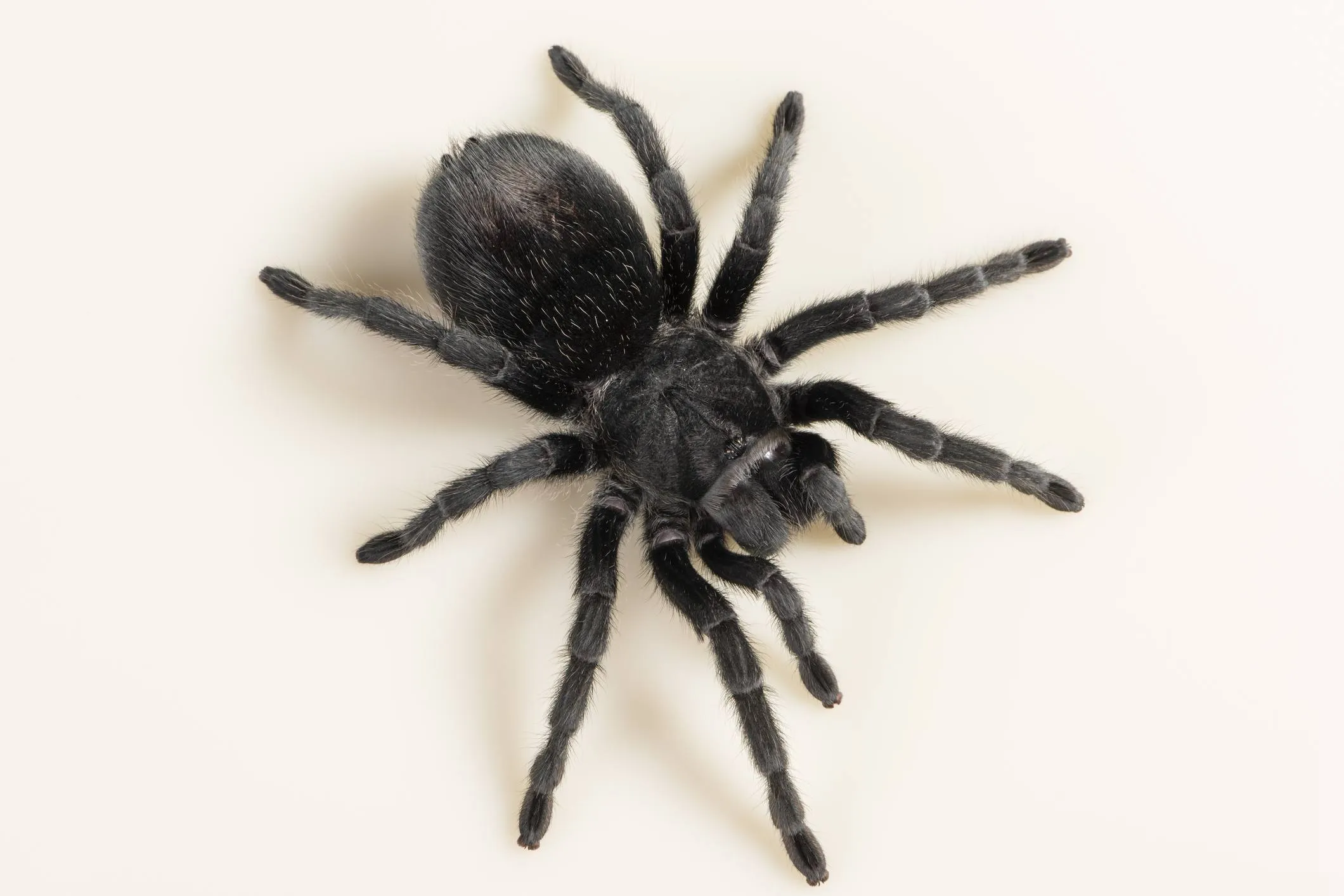The Top 5 Tarantula Care Mistakes
Bringing a tarantula into your home can be an incredibly rewarding experience, as these fascinating creatures offer a unique perspective on the animal kingdom. However, like any pet, tarantulas have specific needs, and overlooking these can lead to a stressed, unhealthy, or even deceased spider. Avoiding common tarantula care mistakes is crucial for ensuring your eight-legged friend thrives. This guide will delve into the top five blunders made by novice tarantula keepers, helping you provide the best possible care for your new pet. By understanding and avoiding these pitfalls, you’ll be well on your way to becoming a successful tarantula owner and enjoying the company of these amazing animals. Remember that diligent research and careful planning are the cornerstones of responsible tarantula ownership.
Mistake 1 Choosing the Wrong Species
One of the most frequent mistakes is choosing a tarantula species without adequate research. The diverse world of tarantulas offers a wide range of options, each with its own distinct temperament, care requirements, and venom potency. Beginners often get attracted to the visually striking or readily available species, without fully understanding the implications. For instance, some tarantulas are notoriously defensive and fast, making them unsuitable for novice keepers. Others have specific humidity and temperature needs that are difficult to replicate. Selecting a species that doesn’t align with your experience level and environmental capabilities sets you up for failure. Researching a species’ adult size, temperament, preferred environment, and dietary needs is critical before committing to ownership.
Understanding Species-Specific Needs
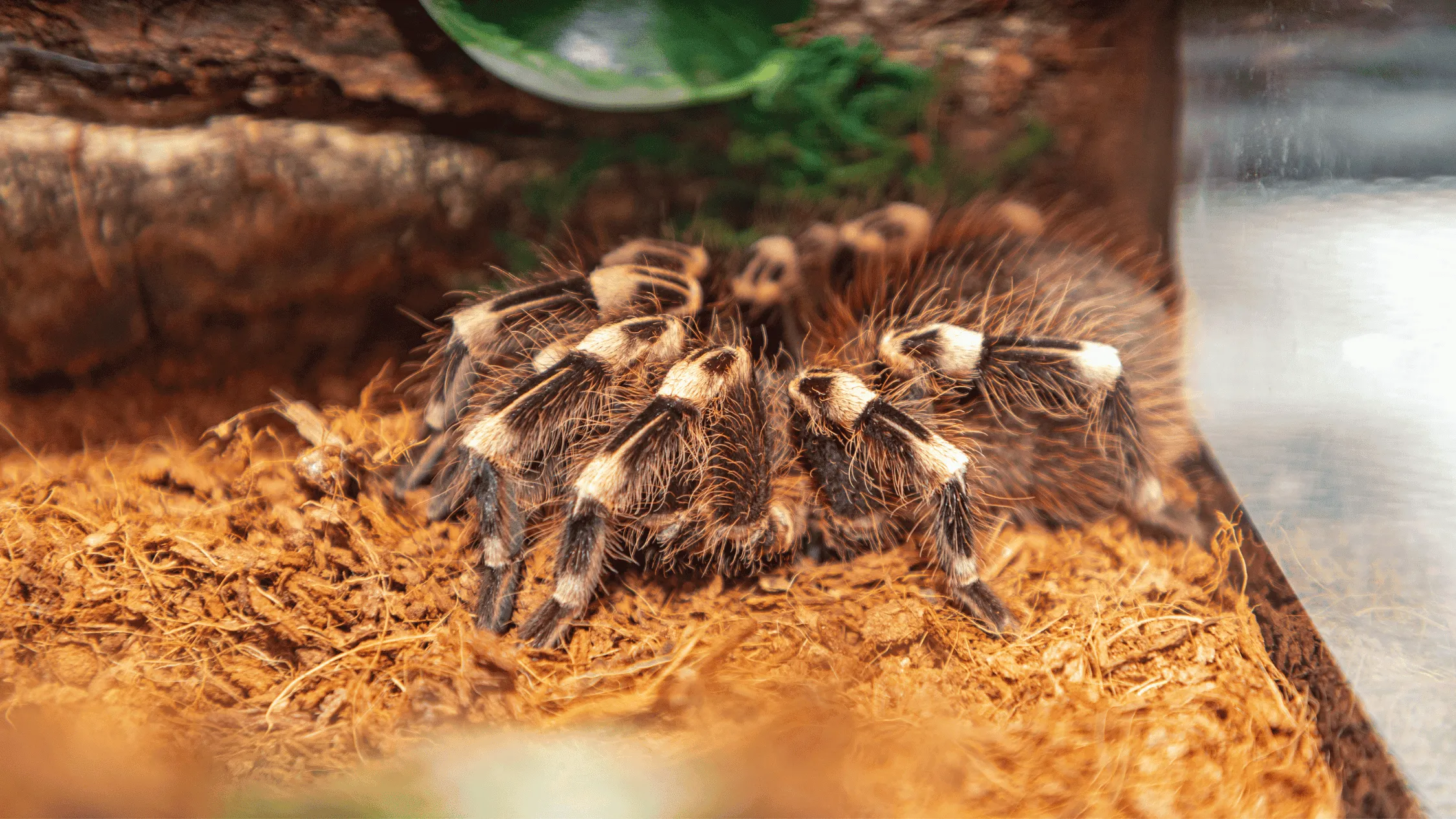
Every tarantula species has unique requirements. Some thrive in arid environments, while others need high humidity. Some are terrestrial, requiring a ground-dwelling setup, while others are arboreal and need climbing space. Researching the natural habitat of your chosen species will provide insight into their ideal living conditions. For example, a desert tarantula will need a dry substrate, while a rainforest species needs moist conditions. Pay attention to the species’ feeding habits – some are voracious eaters, while others are more finicky. Understanding these needs will help you create an environment where your tarantula can thrive. Websites, forums, and experienced keepers are invaluable resources when gathering this information.
Researching Before You Buy
Before acquiring a tarantula, thoroughly research the specific species you are interested in. Online resources, books, and experienced keepers are excellent sources of information. Learn about the species’ adult size, lifespan, temperament, and care requirements. Consider your own experience level and whether you can realistically meet the needs of the tarantula. For beginners, it’s often wise to start with a docile and hardy species, such as the Chilean rose hair tarantula (Grammostola rosea). Never impulse buy; a well-informed decision is crucial for both your and your tarantula’s well-being. Ensure you understand the potential risks of owning a tarantula, including allergies and the possibility of bites.
Mistake 2 Inadequate Housing
Housing is another area where many tarantula keepers stumble. Providing the right enclosure is essential for the tarantula’s health and well-being. A common mistake is using a tank that is either too small or poorly suited to the species. A cramped enclosure limits the tarantula’s movement and can lead to stress. Conversely, an enclosure that is too large can make it difficult for the tarantula to find its food and can make the spider feel vulnerable. The enclosure must also have proper ventilation to prevent the buildup of mold and bacteria. Furthermore, the substrate should be appropriate for the species and maintain the correct humidity levels.
Tank Size and Substrate Considerations
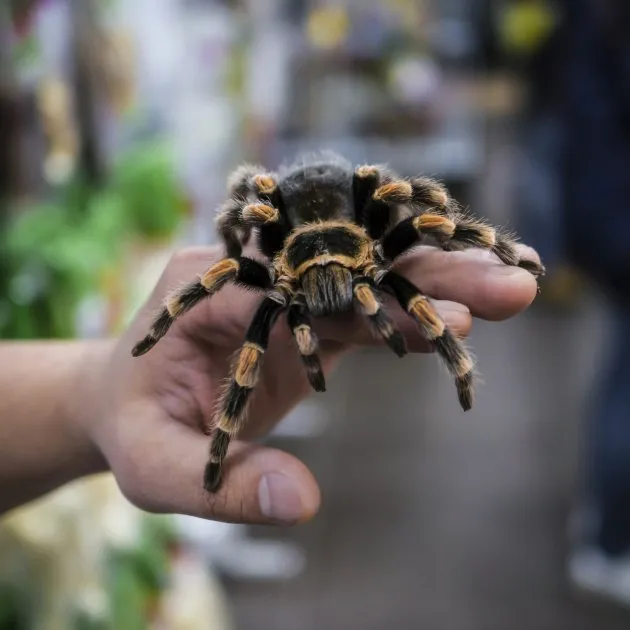
The size of the enclosure depends on the tarantula’s size and species. Generally, the enclosure should be at least twice the tarantula’s leg span in width and length. The height should be sufficient to accommodate the tarantula’s burrowing or climbing behavior. The substrate also plays a critical role in providing a suitable habitat. The substrate should be appropriate for the species, providing the right level of humidity and allowing for burrowing if the species is terrestrial. Common substrate materials include coconut fiber, peat moss, and vermiculite. The depth of the substrate is also important. Terrestrial tarantulas need several inches to burrow, while arboreal species may need less, but enough to provide a cushion if they fall.
Providing Proper Ventilation and Humidity
Proper ventilation and humidity are vital for a tarantula’s health. Poor ventilation can lead to mold and bacterial growth, which can be harmful to the tarantula. Ventilation can be achieved by having ventilation holes on the sides and top of the enclosure. The size and placement of these holes are crucial in controlling airflow and preventing the escape of the tarantula. The appropriate humidity level varies depending on the species. Some species need a dry environment, while others require high humidity. The humidity level can be monitored with a hygrometer and maintained by misting the enclosure with water or using a water dish. The substrate also helps to regulate humidity.
Mistake 3 Improper Feeding Habits
Feeding a tarantula might seem simple, but improper feeding habits are a common mistake. Overfeeding can lead to obesity, which can shorten the tarantula’s lifespan. Underfeeding can lead to malnutrition. The frequency and type of food also depend on the species and the tarantula’s life stage. Young tarantulas, or spiderlings, need to be fed more frequently than adults. The size of the prey should be appropriate for the tarantula’s size – too large, and the tarantula may not eat it; too small, and the tarantula may not get enough nutrition. It is also important to ensure the prey is healthy and free from pesticides or other harmful chemicals.
Choosing the Right Food and Feeding Frequency
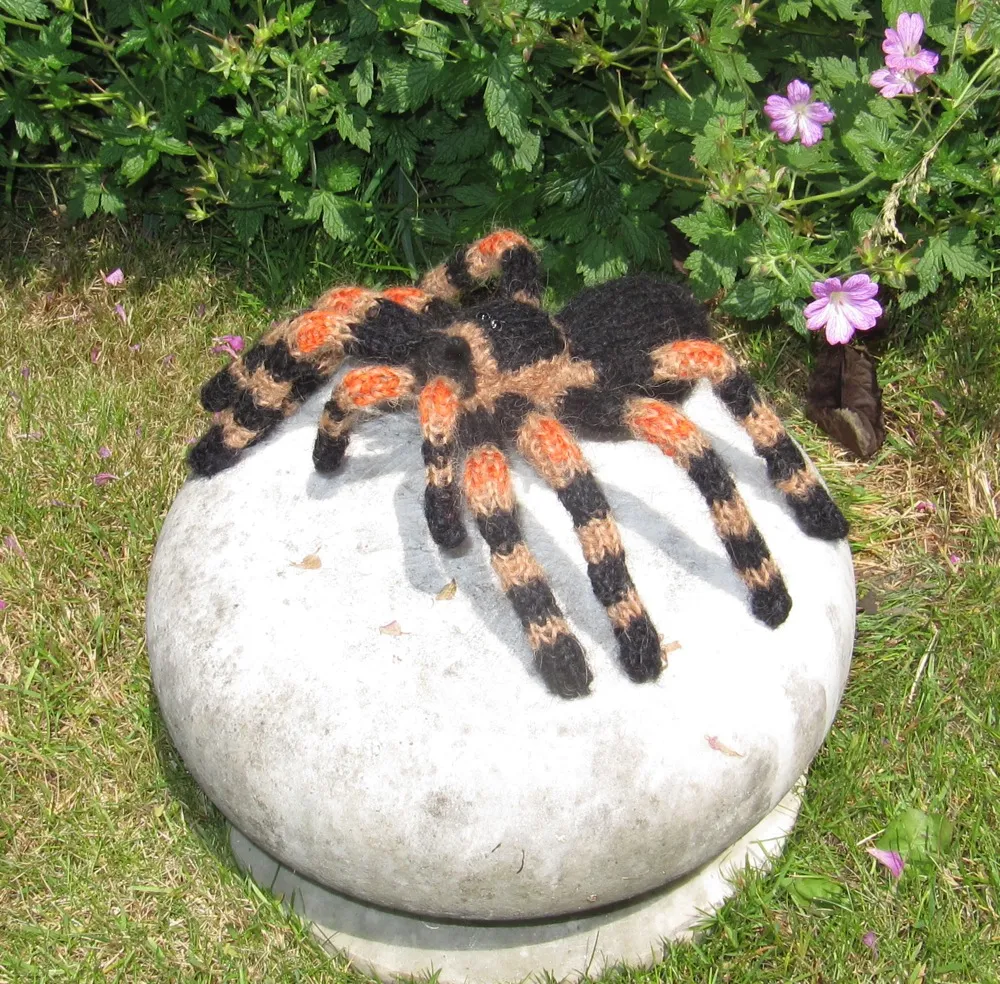
Tarantulas primarily eat insects, such as crickets, mealworms, and roaches. The choice of food depends on the species and availability. Crickets are a common staple food, but they should be gut-loaded before feeding them to the tarantula. Gut-loading involves feeding the crickets nutritious food, such as vegetables and fruits, before feeding them to the tarantula. This improves the nutritional value of the crickets and provides essential vitamins and minerals to the tarantula. The feeding frequency depends on the tarantula’s age and size. Spiderlings should be fed several times a week, while adults can be fed once or twice a week. Observe your tarantula’s eating habits, and adjust the feeding schedule accordingly.
Removing Uneaten Food and Preventing Mold
Uneaten food should be removed from the enclosure within 24 hours to prevent mold and bacterial growth. Decaying insects can also attract mites and other pests, which can be harmful to the tarantula. Use tweezers or tongs to remove any uneaten prey. Regularly inspect the enclosure for signs of mold, such as discoloration or a musty odor. If mold is present, remove the affected substrate and clean the enclosure thoroughly. Proper ventilation and a clean environment are essential for preventing mold. Maintaining a clean and sanitary enclosure is crucial for the health and well-being of your tarantula.
Mistake 4 Ignoring Temperature and Humidity
Tarantulas are ectothermic, meaning they rely on external sources to regulate their body temperature. Ignoring the temperature and humidity requirements can be detrimental to their health. Many tarantula species have specific temperature and humidity ranges that they need to thrive. Fluctuations outside of these ranges can cause stress, dehydration, and even death. Monitoring the temperature and humidity levels with a thermometer and hygrometer is essential. Adjustments may be needed based on the species’ requirements and the ambient conditions.
Maintaining Optimal Temperature Levels
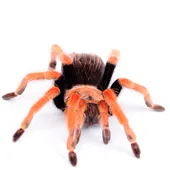
The ideal temperature range varies depending on the tarantula species. Research the specific temperature requirements for your tarantula and maintain the enclosure accordingly. A heat lamp or heat pad can be used to provide supplemental heat. However, it’s important to ensure that the heat source does not overheat the enclosure. Always monitor the temperature with a thermometer. Place the thermometer in the enclosure at the level where the tarantula spends most of its time. Avoid placing the heat source directly on the substrate, as this can lead to localized overheating. Provide a temperature gradient within the enclosure, allowing the tarantula to move to warmer or cooler areas.
Monitoring and Controlling Humidity Levels
Humidity levels also vary depending on the species. Use a hygrometer to monitor the humidity levels within the enclosure. Maintain the correct humidity by misting the enclosure with water or using a water dish. The substrate also plays a role in regulating humidity. Some species require high humidity, which can be achieved by using a substrate that retains moisture, such as coconut fiber. Other species thrive in drier conditions. Ensure that the enclosure has proper ventilation to prevent the buildup of excess humidity, which can lead to mold. Regularly monitor and adjust the humidity levels as needed.
Mistake 5 Lack of Research and Preparation
The final, and perhaps most critical mistake, is a lack of thorough research and preparation before acquiring a tarantula. Many new keepers fail to understand the long-term commitment involved, the specific needs of the species they choose, and the potential risks. They might not have the right equipment ready, or they might not have a backup plan in case of emergencies. Proper preparation involves researching the species, setting up the enclosure, and having a plan for feeding, watering, and cleaning. It also includes knowing the signs of illness and having a veterinarian who is familiar with tarantulas. Without this preparation, tarantula care becomes a challenge rather than a pleasure.
Understanding Tarantula Behavior and Lifespan
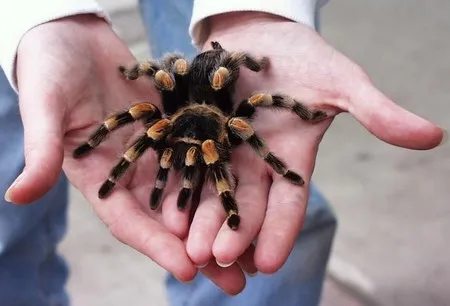
Understanding tarantula behavior and lifespan is crucial. Tarantulas have unique behaviors, such as molting, burrowing, and defensive postures. Knowing these behaviors helps you understand your tarantula’s needs and recognize potential health issues. The lifespan of a tarantula varies depending on the species and sex, with females generally living longer than males. Understanding the lifespan will give you an idea of the long-term commitment involved. Research the specific species’ lifespan to prepare accordingly. Knowing what to expect regarding growth, molting, and aging will help you provide better care and enjoy your tarantula’s company for many years.
Creating a Safe and Enriching Environment
Creating a safe and enriching environment is crucial for your tarantula’s well-being. Provide a suitable enclosure, appropriate substrate, and proper temperature and humidity. Enrich the environment with items that stimulate the tarantula, such as hides, plants, and climbing structures, if the species is arboreal. Avoid overcrowding the enclosure or placing it in a high-traffic area. Handle your tarantula with care, and avoid unnecessary handling. Remember that tarantulas are best observed and not handled. Regular cleaning and maintenance are also important for a healthy environment. Research and preparation are key to creating a safe and enriching environment that allows your tarantula to thrive.
